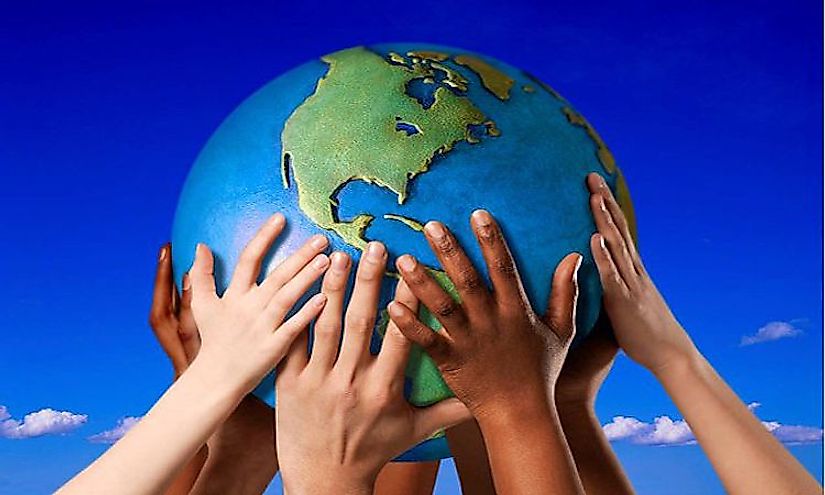What Is The Difference Between Race And Ethnicity?

What is the difference between race and ethnicity? Many people tend to think of race and ethnicity as one and the same. Often, the words are used interchangeably. Looking up the definition in a dictionary doesn’t usually make it any clearer either. However, these two words do have separate meanings. Understanding their distinct significance is increasingly important, particularly because the diversity in the world is continuing to grow.
What Is Race?
Stated simply, race is the word used to describe the physical characteristics of a person. These characteristics can include everything from skin color to eye color and facial structure to hair color. This term is physiological in nature and refers to distinct populations within the larger species. Race was once a common scientific field of study. Today, however, most scientists agree that genetic differences among races do not exist.
What Is Ethnicity?
Ethnicity, on the other hand, is the word used to describe the cultural identity of a person. These identities can include language, religion, nationality, ancestry, dress, and customs. The members of a particular ethnicity tend to identify with each other based on these shared cultural traits. This term is considered anthropological in nature because it is based on learned behaviors.
Difference Between Race And Ethnicity
One example of the difference between these two terms is by examining people who share the same ethnicity. Two people can identify their ethnicity as American, yet their races may be black and white. Additionally, a person born of Asian descent who grew up in Germany may identify racially as Asian and ethnically as German.
People who share the same race may also have distinct ethnicities. For example, people identifying as white may have German, Irish, or British ethnicity.
Socially Constructed Differences
Some researchers believe that the idea of race and ethnicity has been socially constructed. This is because their definitions change over time, based on widely accepted public opinion. Race was once believed to be due to genetic differences and biological morphologies. This belief gave way to racism, the idea of racial superiority and inferiority. For example, when Italian immigrants began arriving in the United States, they were not considered part of the “white race.” The same is true of Irish and Eastern European immigrants. The widely accepted view that these individuals were not white led to restrictions of immigration policies and on the entrance of “non-white” immigrants. In fact, during this time, people from these areas were considered of the “Alpine” or “Mediterranean” races. Today, these race categories no longer exist. Instead, due to later policy changes, people from these groups began to be accepted into the wider “white” race. They are now identified as individual ethnic groups. Which shows that, like the idea of race, the idea of ethnicity also changes over time based on widely held public opinion.
Ethnic identity is believed to promote group cohesiveness, particularly in communities of immigrants. Sharing ethnic identity within groups or communities provides safety to individuals who might otherwise be shunned within their host country. Over time, however, ethnic identity is replaced with racial identity. This replacement occurs as each successive generation begins to assimilate with the culture of the host country, which, consequently, goes from being the host country to home.











